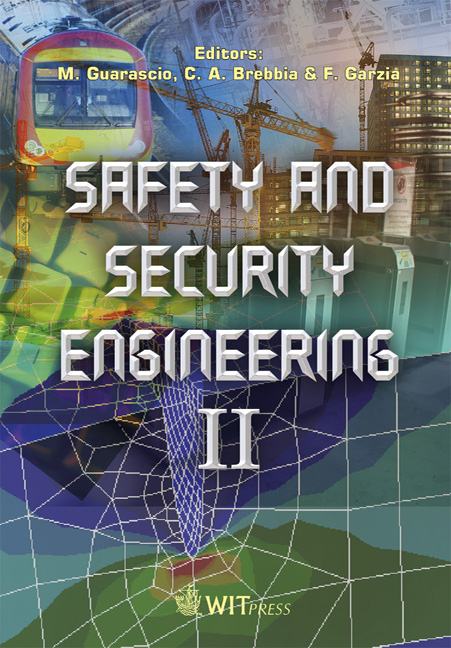State-of-the-practice And Issues Surrounding Centerline Rumble Strips
Price
Free (open access)
Transaction
Volume
94
Pages
10
Published
2007
Size
596 kb
Paper DOI
10.2495/SAFE070361
Copyright
WIT Press
Author(s)
S. J. N. Richards & M. Saito
Abstract
Centerline rumble strips (CLRSs) are used on two-lane, two-way rural highways for the purpose of reducing cross-over crashes. The state-of-the-practice and issues surrounding CLRSs were reviewed by a literature study, a public opinion survey administered in Utah (533 participants), and a state-of-the-practice survey (41 out of 50 states, Washington DC, and Puerto Rico returned the survey). Installing CLRSs is a low-cost technique for reducing cross-over crashes on two-lane, two-way rural highways. However, the literature review exposed a number of issues associated with CLRSs. The public opinion survey provided statistical evidence supporting the use of CLRSs on two-lane, two-way rural highways. The state-of-the-practice survey compared geometric dimensions of CLRSs with crash data, cost of installation, and maintenance. The survey shows that no geometric standards or highway operating factors have been established for centerline rumble strips. Correlations between the existing installation dimensions and their effectiveness in reducing cross-over accidents, cost of installation, maintenance, and other issues have not been made, indicating the need for clarifying the benefits of CLRSs and minimizing their negative effects. Keywords: centerline rumble strips (CLRSs), driver opinion survey, state-of-the-practice survey, CLRS dimensions, and CLRS warning sign. 1 Introduction Cross-over and run-off-the-road crashes are a significant concern among traffic engineers in the United States and around the world. A cross-over crash occurs when a vehicle crosses over the centerline of a two-way highway and collides
Keywords
centerline rumble strips (CLRSs), driver opinion survey,state-of-the-practice survey, CLRS dimensions, and CLRS warning sign.





